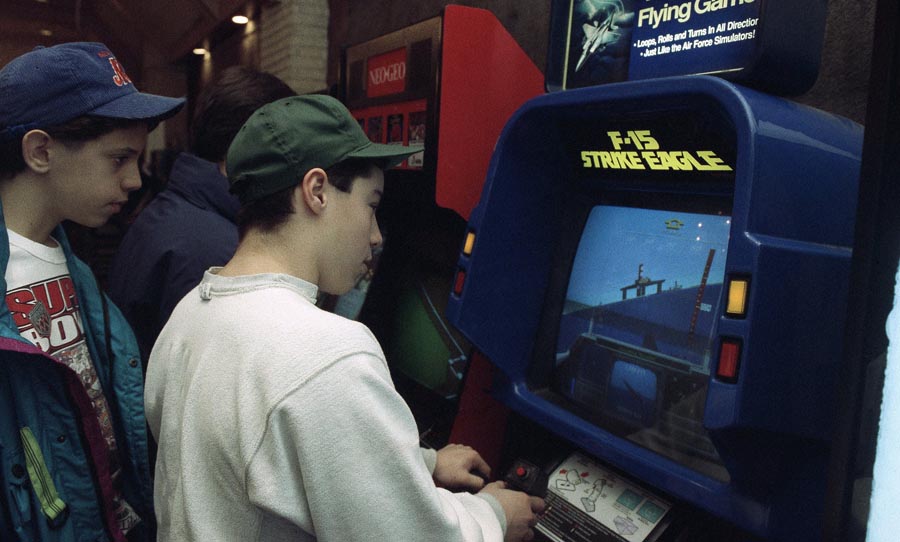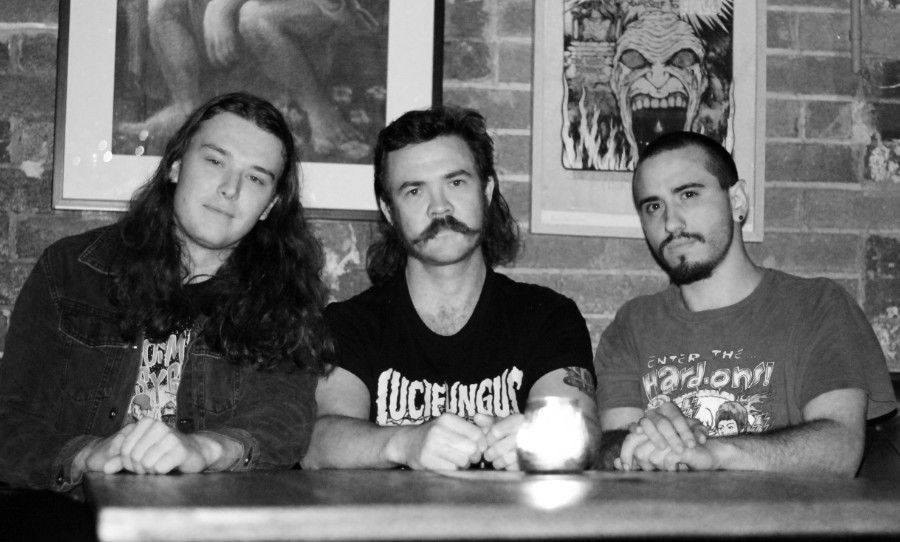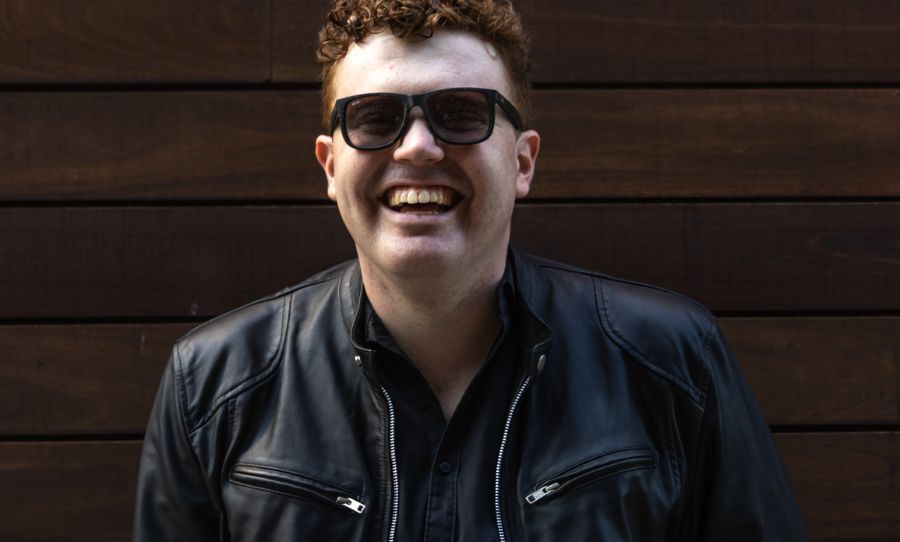The impact of video game music is nigh on impossible to overstate. It not only colours our experience of the game itself, but it also becomes a de facto score for certain periods of our lives. Gaming is a communal experience, no matter whether you’re in the same room or on the other side of the world. The music in games has a captive audience and we share it together.
Music and technology have evolved in parallel in the gaming world. Increased computing power has enabled deeper immersion in the visual realism of today’s games and so has the power of sound and music.

The emotional weight of video game music continues to make its impact on enthusiasts. From the early days onwards, developers have harnessed the power of engaging soundtracks.
Hot chips
Way back in the primordial era of games emerged Pong. Even if you don’t know it by name, the sight of two rectangular racquets bouncing a pixel around the screen is recognisable to most. Being the first video game, it also possessed the first ‘soundtrack’. Well, it had one sound at least.
The game broke new ground on many levels, not least because it utilised microchips based on digital technology— cutting edge for its time. Now, chipsets are exponentially cheaper and more powerful, but back then, the sound and vision of Pong maxed out the available horsepower. Therefore, one tone is all you got.
As the chips became capable of storing more information, game soundtracks became deeper, with more attention paid to how it complements the action. Obviously inspired by the era of classic cartoons, ‘Mickey-Mousing’ (musical cues that matched the movements of the characters) became all the rage.
Iconic arcade games of the era like Space Invaders, Pac-Man, and Donkey Kong leaned heavily into this technique. It might seem a little quaint now, but composers and sound designers were nothing if not adept at making the most of their meagre resources.
As trite as it is to pay tribute to Koji Kondo’s Super Mario Bros. score, it’s still impossible to overlook — if only for its sheer inventiveness. It’s also important to recognise it within the context of the gameplay. The two dimensions that platform games have at their disposal are inherently limiting. So not only did the sound team have to think of ways to compliment the action, they also had to create an engrossing musical experience to run alongside Mario’s little steps.
The digital chip used to store the programmed music was essentially like a digital synth. Creating a short loop without many layers was all the composers of this period could hope for. As the space for memory got bigger, composers could turn to samples to create music and other sounds with unprecedented realism.
Powering up
This microchip upgrade coincided with the shift toward first-person shooters (FPS) and the expansion to the open-world format. The concepts for these games may have been rooted in fantasy, but the world needed to feel real for the player. The music that accompanies these games also needs to walk that line.
The Halo series set the standard for this style of composition at the turn of the millennium. Martin O’Donnell and Michael Salvatori’s work on this soundtrack encompasses militaristic percussion and pulsating string section ostinati, synth-driven staccato sections that get the heart pumping, as well as haunting and mournful choral chants.
From this high watermark, the ambitions of composers and sound designers have increased exponentially. DOOM Eternal — which has just been released — was scored by Australian composer, Mick Gordon. Technology has enabled him to create new ways of pulling unique tones, specifically using robots to control effects pedals. He told us:
“We’ve been able to build technology that allows me to control these pedals from the computer. So when the computer is super accurate, you know, I can have my pedals moving and reacting in the same way.”
Even for indie game developers and their audio teams, the power of modern gaming platforms — even on mobile operating systems — is light years beyond what was available to Koji Kondo.
“Ableton is my DAW of choice and some of the stock instruments they have are incredible.” says composer and sound designer on Death Hall, Gareth Wiecko. “As far as piano tone goes, I really like the grand piano tone on Keyscape. I also use some of the Kontakt instruments via Native Instruments and some string patches through Spitfire Instruments.”
Whatever the tools available to the composer or era of the game, the ultimate success of the score still depends on the ability for music and action to work alongside each other — a point upon which Wiecko elaborates:
“I think it’s important for the composer to realise the vision of the game alongside the developer, and not have either element overshadow the other.”
This kind of cross-fertilisation of ideas between sound and vision has transformed video game music into a phenomenon in its own right, lasting in our memories a long time after we’ve switched off the screen.
DOOM Eternal is out now for PC, Xbox, and Playstation 4. Grab your copy here.

